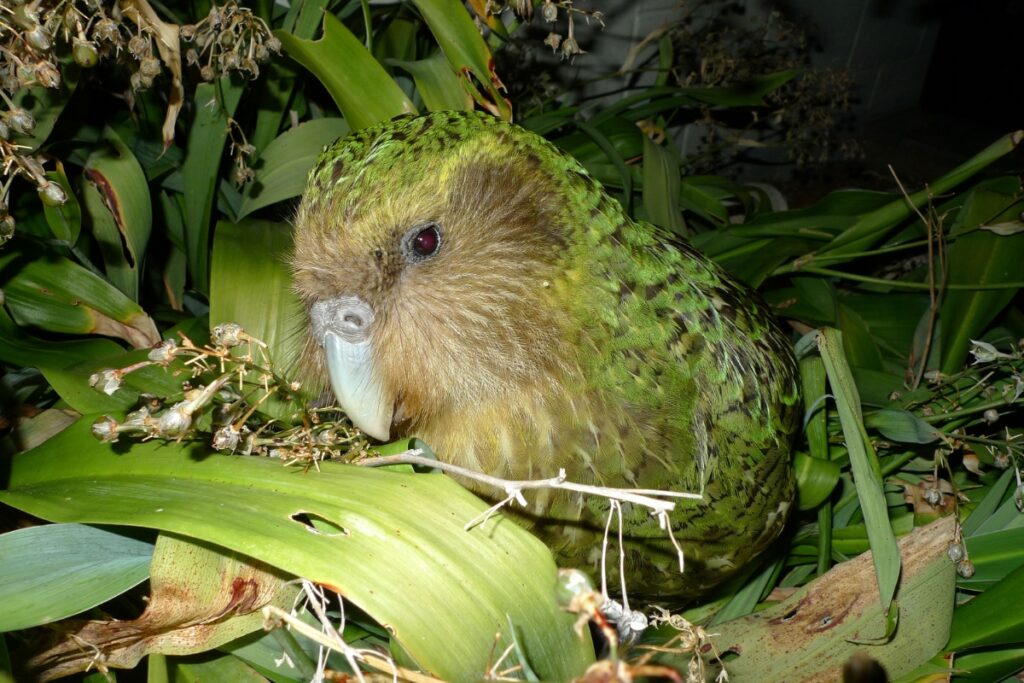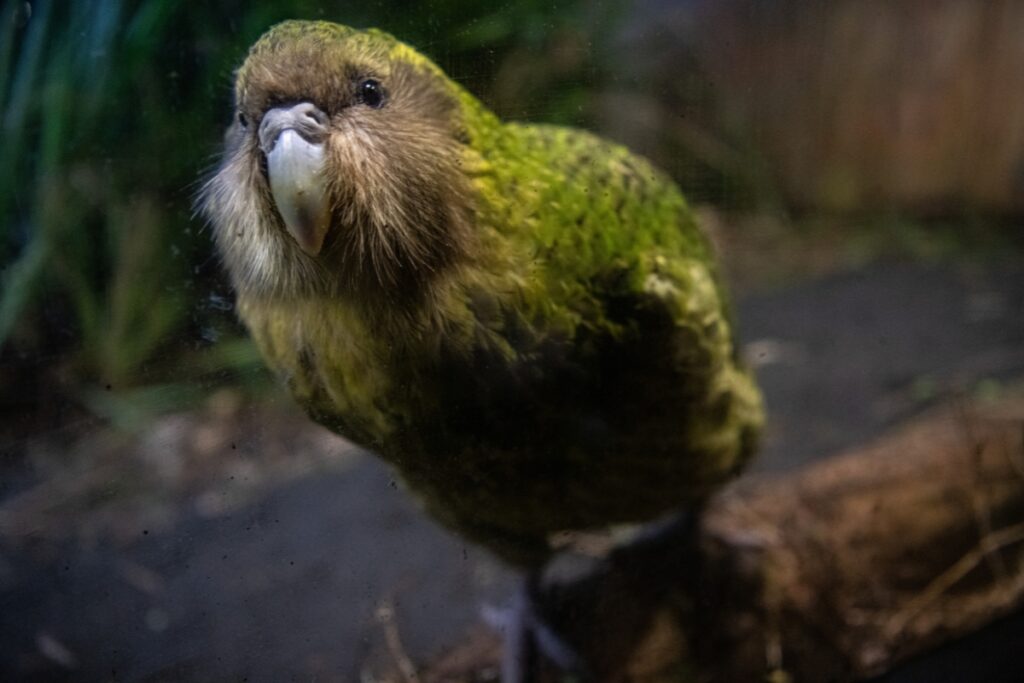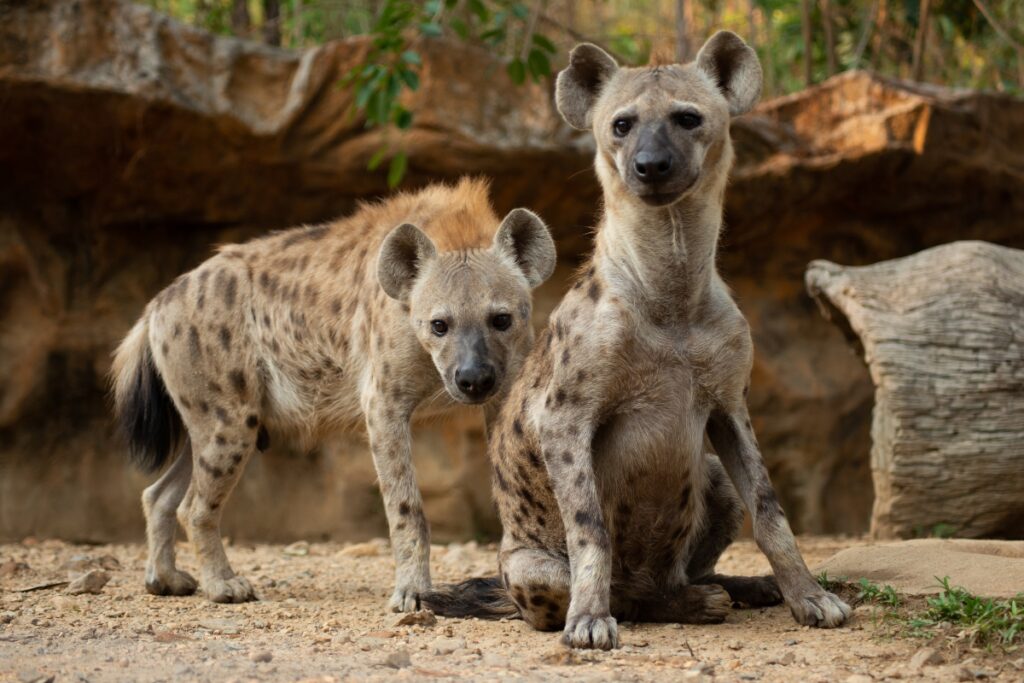
Nature’s Loudest Voices
From the depths of the ocean to the tops of the trees, some animals produce sounds louder than even jet engines and gunshots. Whether it’s for finding a mate, scaring off rivals, or navigating their environment, these creatures will make themselves heard. Here are the ten loudest animals on Earth, each with its own ear-splitting call.
1. Sperm Whale: 230 Decibels

Reaching a deafening 230 decibels, the sperm whale claims the title of the loudest animal on Earth. Deep in the ocean, these massive whales emit sharp clicking sounds to communicate and locate prey. These clicks can be as loud as a rifle shot and can even rupture a human eardrum if nearby—the sound is so intense it’s comparable to a nuclear blast. In the pitch-black ocean, their clicks are essential for survival.
2. Blue Whale: 180 Decibels

The blue whale’s powerful, low-frequency calls reach an impressive 180 decibels. These giants produce deep, rumbling sounds that travel hundreds of miles underwater, often resembling groans, pulses, and moans. The frequency is so slow that humans can’t always detect it, but the volume is immense. Found in oceans worldwide, blue whales use their remarkable calls to communicate with others over long distances—a necessity in the vast, open ocean.
3. Pistol Shrimp: 210 Decibels

Despite their small size, the pistol shrimp can generate a noise of up to 210 decibels with a single snap of its specialized claw. Living in warmer waters across the Indian and Pacific oceans and the Red Sea, this shrimp stuns or kills prey with a powerful snap, creating a shockwave strong enough to break glass. When its claw snaps shut, it generates a high-speed water bubble that bursts with a sound so intense that it’s one of the loudest in the ocean.
4. Howler Monkey: 140 Decibels

Howler monkeys, found in the rainforests of Central and South America, are known for their unmistakable calls, which can be as loud as 140 decibels and make them the loudest primate in the animal kingdom. These deep, booming howls are often compared to the sound of a garbage disposal and can be heard from miles away. Linked to their anatomy, howler monkeys’ vocal prowess helps them mark their territory and communicate with each other.
5. Greater Bulldog Bat: 140 Decibels

Roaming the nighttime skies of Central and South America, the greater bulldog bat produces sounds up to 140 decibels, which is as loud as a firework exploding. Also known as the fisherman bat, they use high-pitched echolocation calls to navigate and hunt in complete darkness. Their piercing shrieks may sound like screams, but they’re essential for finding food and avoiding obstacles. Though these calls are often beyond human hearing, they’re still among the loudest animals out there.
6. Kākāpō: 132 Decibels

The kākāpō, a flightless parrot from New Zealand, is famous for its loud, booming call, reaching up to 132 decibels during the mating season. To attract a mate, the male kākāpō inflates an air sac and releases deep, resonating “booms” that travel through the dense forests. Audible up to three miles away, these sounds are important for this critically endangered parrot’s mating rituals.
7. Northern Elephant Seal: 131 Decibels

Northern elephant seals may be masters of the mating call—they produce deep, rhythmic bellows up to 131 decibels to attract mates and establish dominance. Found in Arctic and sub-Arctic waters, these massive seals create a sound pattern similar to a horse galloping. During mating season, their loud calls echo along coastlines, signaling their strength and warding off rivals.
8. Lion: 114 Decibels

With a roar that reaches up to 114 decibels, lions claim the title of the loudest land mammals and dominate the African savannas. Their thunderous roar can be heard up to five miles away, helping them communicate with pride members and warn intruders. The low, rumbling growls are highly effective tools for asserting territory and social order. As the only social big cat, lions’ roars are key to helping them maintain family bonds and protect their territory from rivals.
9. Hyena: 112 Decibels

The hyena’s distinctive “laugh” is more than just eerie; it reaches up to 112 decibels, on par with a chainsaw. Mostly found in Africa, hyenas use a range of vocalizations—including barks, groans, and whoops—to communicate within their clan and assert dominance. The unique “laughing” sound helps them identify each other, rally members, and convey social status.
10. African Cicada: 107 Decibels

The African cicada, often heard in the height of summer, creates a deafening buzz that reaches 107 decibels. Found in forests and grasslands, these insects vibrate their bodies at high speeds to produce a sound similar to a grinding wheel. This buzz serves as a mating call and can often drown out other sounds in their habitat, transforming quiet forests into buzzing concerts and signaling the heat of summer.







